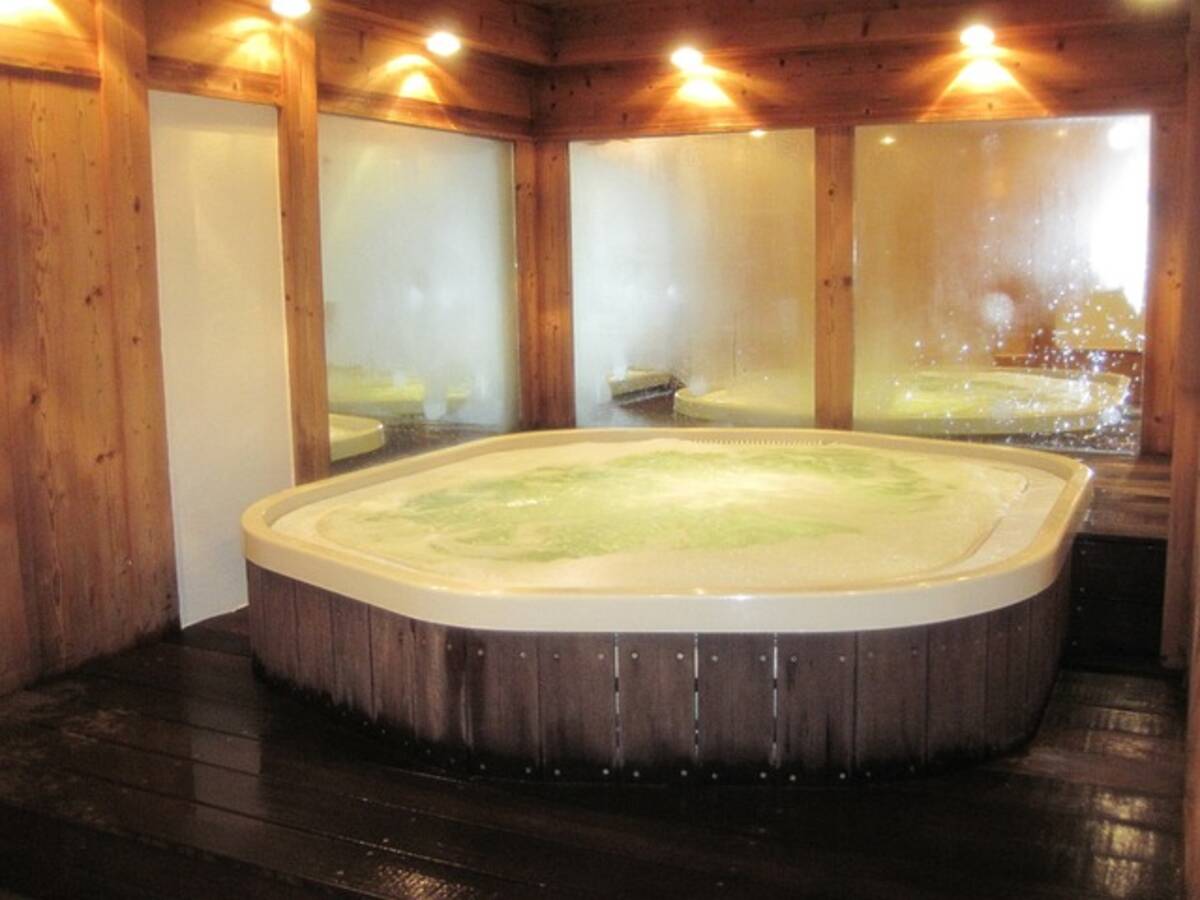Even with a “lightweight” model, installing a bathtub requires some muscle. You shouldn’t accept a neighbor’s offer of a six-pack and twenty bucks to accomplish this work.
When setting up a bath, you have a few options. A framed-in or a freestanding (or “claw-foot”) tub can be installed. The available area is just one of several considerations when deciding which installation to use. You’ll likely want to replace a framed-in bathtub with another one of the same design if you have to remove it. No matter what you decide, it would be best to take careful measurements of the available area before shopping for a new bathtub. Here are the fundamentals of bathtub installation.
Clawfoot or freestanding tub
To begin, support the tub with jack stands, much as you would a car, so you can get beneath it to do your work. Since actual bathtub jacks do not exist, you will need to make do with crumpled boxes or bricks cushioned with bath towels. You can now assemble it with the room you need.
Be careful not to misplace the feet as you install them. These are tailored to the shape of your foot, so if you try to wear them anywhere else, they won’t work. Get some aid from a pal. The tub’s feet should be installed at the end with the piping and working to the other end.
It is simple to confuse the hot and cold sides of the plumbing, but it is also simple to correct the mistake before the job is done.
Take away all the props and see if it can stand independently. Using space washers on the legs can help you get the tub level if it isn’t already. Unless your floor is uneven, this shouldn’t require too many people.
Built-in or a regular tub
Replacing an old tub with a new one of the same type goes more smoothly. Framing the area is necessary if you are building from scratch. After the space has been prepared, the plumbing can be installed. The essential plumbing will be in place if you exchange an older tub.
You’ll want some help getting the tub into position because it is cumbersome. The tub’s edges should be level, but the inside bottom won’t be, so shim it and check it with a group until it’s at the angle you want. Adjust the ledgers so the tub may rest on them and so that they can withstand their weight along the tub’s sides.
Put in place the p-trap and the drain pipes leading from the tub. All the drain and overflow pipes should be put together now. The ledgers can be installed once the lines have been connected and established that they will fit together when the tub is in place.
The tub has been positioned on the ledgers. The drain pipe can be slipped onto the p-trap. Fasten the tub to the floor (nail gun hardware is provided). Cover plates and plumbing should be attached. Make sure there are no leaks in the plumbing system by checking it out.
It is recommended that you have your bathtub fitted, then have the installation evaluated to ensure it was built correctly. The finishing touches make all the difference. After applying a bead of caulking around the tub, let it dry for a full day. Incorrect installation of a bathtub increases the risk of injury to bathers and members of their families. When installing the bathtub, please do a thorough check of your work. When in doubt, get help from an expert.
Stop by our site [http://www.betterbathtub.com/how_to_refinish_a_bathtub/] for additional details on this topic. Advice on Bathtub Caulking
Read also: https://mycheapseo.com/category/technology/
